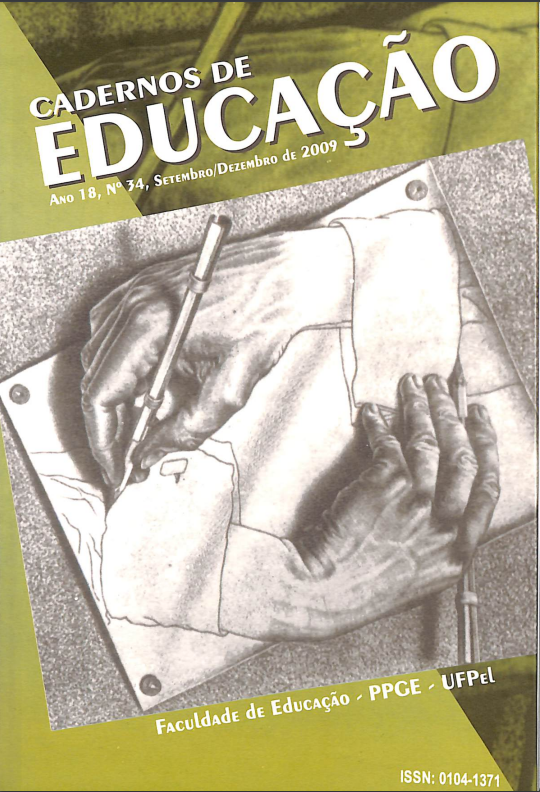La imagen del otro en el cine contemporáneo: imágenes de normalidad y anormalidad
Resumo
Una enorme cantidad de películas pueden ser recordadas para plantear los dilemas actuales alrededor del cuidado del otro y posibilitan abrir muchos cuestionamientos. El cine se erige y se nos presenta como un cierto tipo de ética: porque da a ver, da a sentir, da a escuchar, da a percibir, da a pensar y da a sentir un conjunto variado de miradas substanciales que, a su vez, sugieren, producen, definen, determinan, diluyen, inventan, exacerban, etiquetan y delimitan un conjunto de imágenes y discursos sobre la alteridad y las relaciones de alteridad. El desafío para el “cuidado del otro” supone la deconstrucción de esa imagen determinada y prefijada del otro, de ese supuesto saber acerca del otro, de esos dispositivos racionales y técnicos que describen y etiquetan al otro. Queremos marcar una distinción entre “alteridad” y “relaciones de alteridad”: una cosa es hacer del otro simplemente un tema, una temática, otra es particularizar en un sujeto las marcas de una identidad específica y otra cosa muy distinta es comprender que nada es, por sí mismo, en sí mismo, sino en relación con algo, con alguien. No hay normalidad. Hay, solamente miradas que todo lo anormalizan. Hay, anormalizadores que se resisten a creerlo.Palabras clave: cinema, cuidado del otro; alteridad, relaciones de alteridad.
The image of the other in contemporary cinema: images of normality and abnormality
AbstractA great amount of films can be brought up to question now-a- ays dilemmas around the other’s care. Cinema rises and presents itself to us as a kind of ethics: because it is about seeing, feeling, listening, understanding, thinking and allows series of substantial gazes that also suggest, produce, define, determine, blur, invent, high light, label and limit a set of images and discourses about otherness and relations of otherness. The challenge over the “other’s care” supposes deconstruction of pre-determined and pre-fixed image of the other, of the so called knowledge about the other, of those rational and technical dispositive that describe and label the other. We wish to point out the distinction between “otherness” and “relations of otherness”: one thing turns the other into a simple theme; other thing is to individualize into a subject specific identity marks; and another very different thing is to understand that nothing is, for and in itself, otherwise in relation with something, with somebody. There is no normality. There are only views that normalize everything. There are abnormal ones that resist into believing.
Key-words: cinema, other’s care, otherness, relations of otherness
Publicado
2012-11-21
Como Citar
Skliar, C. (2012). La imagen del otro en el cine contemporáneo: imágenes de normalidad y anormalidad. Cadernos De Educação, (34). https://doi.org/10.15210/caduc.v0i34.1632
Edição
Seção
Tema em Destaque






